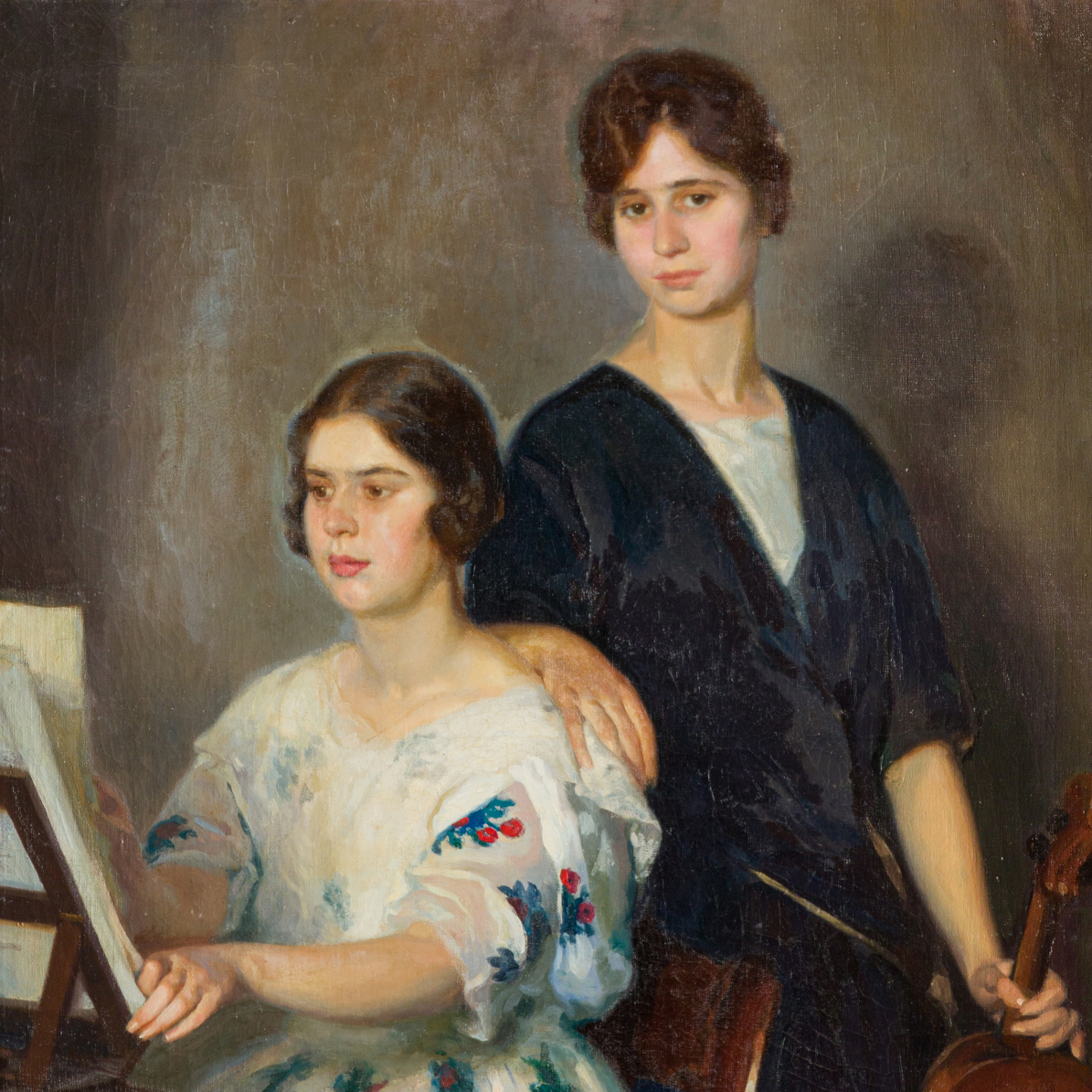With the industrial revolution in full swing and the rise of the bourgeoisie as the pivot of society’s economic, political, and social well-being, the 19th century found in the family the icon of balance, cohesion, and strength, between secular industriousness and faithful religious observance.
The family unit is a treasure chest of values to be defended and handed down through the generations, with a continuity of intent that is in itself a paradigm of progress and an in-vitro mirror of the concept of industrial production, marked by a precise division of tasks and responsibilities: the man decides the priorities by virtue of a deep-rooted patriarchal tradition, but above all for a social role acquired no longer by wealth but by a dynamic economic emancipation. The woman, besides being a luminous witness to a conveniently attained status, is delegated to loving procreation and an educational role that becomes an ideal example of elegance and virtue.
The home is the physical and symbolic space of conjugal love: the angel of the hearth, the female figure is the object of a deep and heartfelt respect and cult, which between private duties and public obligations, in the 19th century becomes fully aware of her social role.
Nineteenth-century men and women are individuals who define themselves through the ethics of work and the family, capable of nourishing both the culture of doing and that of being, the desire to rise and the passion to promote the beauty of the creative act. Words, images, shapes and colours become the heritage of doing and being of a civilisation.
Bourgeois patronage stems from the desire to share personal wellbeing with the community of individuals that make up society, to pass on an image of one’s choices through beauty, which free of everyday necessities embodies the balance between reason and feeling.
The family portrait, whether painted or sculpted, represents the sharing of affections that becomes the absolute value of the origin of identity: to be is to recognise oneself through others, and to portray one’s descendants raises the parental bond to an immortal testimony of memory.
Two examples can be found in the web-only auction of Old Masters and 19th Century Paintings running until 10 May, in the intimate double Portrait of Lili and Nadia Boulanger by Jean Marcel Poussard (Sedan 1891 – 1972) (lot 262, estimated value €1,000 – 1,500 euros), but above all in the Ladies in the Park by Friedrich Stahl (Munich, 1863 – Rome, 1940), realized with watercolour, tempera, and Indian ink on paper (lot 267, estimated value 500 – 700 euros), which proposes in all its freshness a cross-section of life and taste at the turn of the 19th and 20th century, with all the joie de vivre and the faith in progress that distinguished the Belle Époque.



